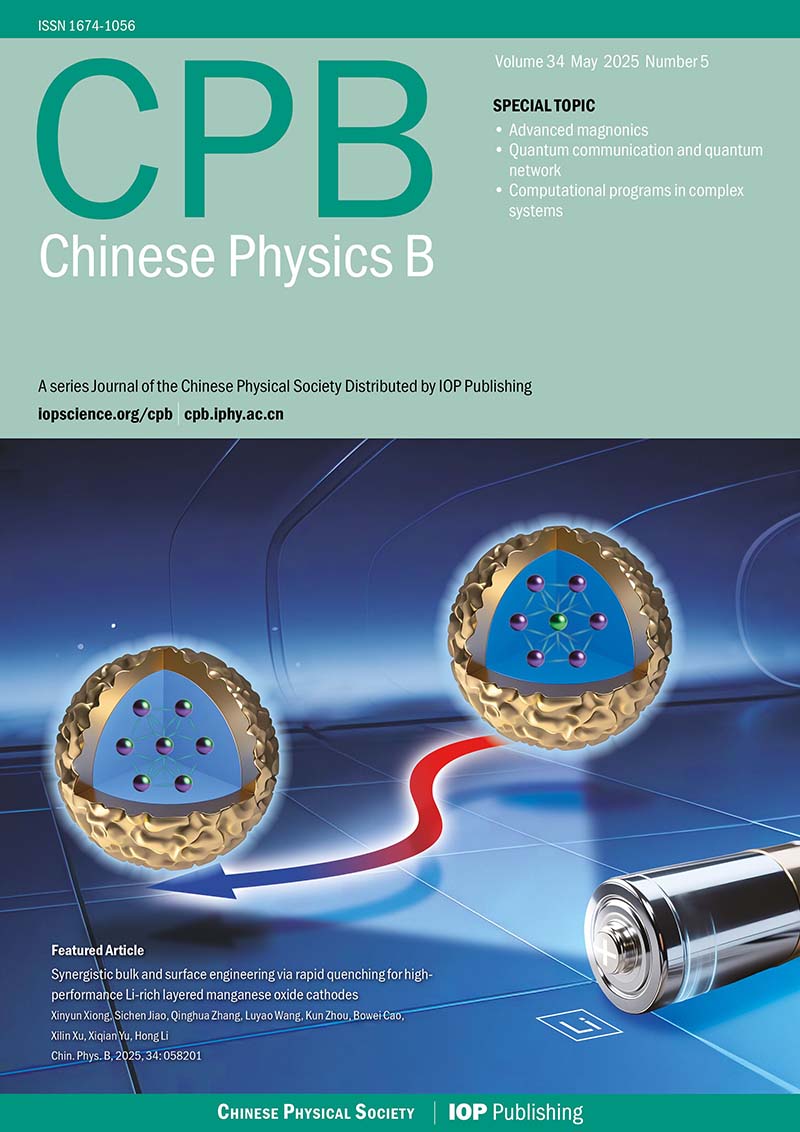Fermi level pinning effects at gate-dielectric interfaces influenced by interface state densities
- Available Online: 30/12/2015
-
Key words:
- interface state density /
- Fermi-level pinning /
- MIS structure /
- effective work function
Abstract: The dependences of Fermi-level pinning on interface state densities for the metal–dielectric, ploycrystalline silicon–dielectric, and metal silicide–dielectric interfaces are investigated by calculating their effective work functions and their pinning factors. The Fermi-level pinning factors and effective work functions of the metal–dielectric interface are observed to be more susceptible to the increasing interface state densities, differing significantly from that of the ploycrystalline silicon–dielectric interface and the metal silicide–dielectric interface. The calculation results indicate that metal silicide gates with high-temperature resistance and low resistivity are a more promising choice for the design of gate materials in metal-oxide semiconductor (MOS) technology.

 首页
首页 登录
登录 注册
注册






 DownLoad:
DownLoad: